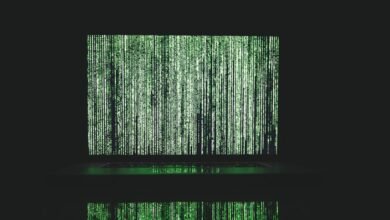Find Caller Profiles Linked to 5625430318, 5043896222, 6317730214, 9804154944, 16477060254, 18447410373

Identifying the origins of unfamiliar phone numbers has become increasingly crucial in today’s communication landscape. Numbers such as 5625430318, 5043896222, and others often prompt concerns about spam or scams. Utilizing advanced caller lookup services can reveal profiles that indicate the nature of these calls. Understanding this information can significantly improve communication management. However, the effectiveness of these tools varies, raising questions about their reliability and the best practices for safeguarding personal information.
Understanding the Importance of Caller Identification
Why is caller identification a critical component of modern communication?
Caller importance is underscored by the identification benefits it offers, including enhanced security and informed decision-making.
By recognizing who is contacting them, individuals can better manage their interactions, avoiding potential scams and unwanted calls.
This capability fosters a sense of autonomy, enabling users to engage selectively and maintain control over their communication landscape.
Tools and Resources for Finding Caller Profiles
Caller identification not only empowers users to manage their communications but also opens the door to various tools and resources designed to enhance this process.
Comprehensive caller search platforms and phone lookup services allow individuals to uncover caller profiles linked to unfamiliar numbers. These resources provide valuable insights, enabling users to make informed decisions about their interactions and maintain control over their communication landscape.
Tips for Protecting Yourself From Spam Calls
How can individuals effectively shield themselves from the pervasive issue of spam calls?
To effectively block unwanted calls, users should utilize call-blocking apps and features provided by their carriers. Additionally, screening calls from unknown numbers helps prevent unwanted interruptions.
Regularly updating privacy settings and registering with national Do Not Call lists can further enhance protection against persistent spam calls, fostering an environment of personal freedom.
Conclusion
In the vast ocean of communication, unfamiliar numbers can be treacherous waves, obscuring safe passage. By employing caller identification tools, individuals can navigate these turbulent waters with clarity, discernment, and confidence. Just as a seasoned sailor studies the stars for guidance, so too can one uncover the hidden profiles behind unknown calls, steering clear of potential scams. Embracing these resources empowers users to reclaim control over their interactions, fostering a more secure and informed communication landscape.




